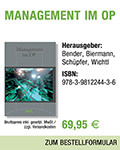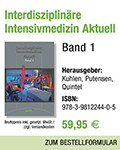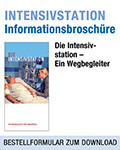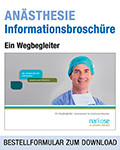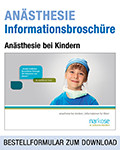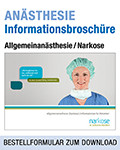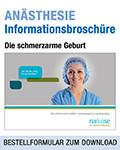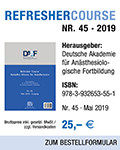

66. Jahrgang - Supplement Nr. 4 - März 2025
Chanarin-Dorfman Syndrome
Chanarin-Dorfman Syndrome
Chanarin-Dorfman syndrome (CDS) is an autosomal recessive, multisystemic metabolic disorder. The characteristic feature of congenital ichthyosis is the deposition of lipids in cells. The first case was described by Dorfman in 1974 (1). Although the actual metabolic defect in CDS patients is unknown, available data suggest an abnormality in intracellular triglyceride metabolism. Mutation of the CGI-58 gene (also known as ABHD5) on chromosome 3p-21 causes triglyceride accumulation (2). ABDH5 constitutes a multimeric protein pivotal in activating intracellular lipases, notably adipose triglyceride lipase (ATGL), a key participant in the lipolysis process. Computational simulations employing machine learning-driven homology modeling approaches have proposed that mutations in the E41, R116, and G328 genes disrupt hydrogen bonding networks, resulting in a consequential inhibition of ATGL activation (3,4).
The presence of lipid vacuoles in neutrophil granulocytes in peripheral blood smears from patients with ichthyosis is diagnostic. It is a rare but interesting condition that should be considered when evaluating an isolated elevation of alanine aminotransferase (ALT) (5). Myopathy is observed in 60% of these patients. The objective of this article is to improve comprehension regarding anaesthesia management for patients with CDS.





